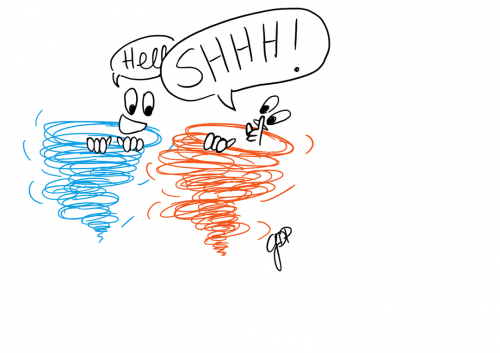A study published in the prestigious journal Nature provides a new window of understanding into the elementary mechanisms behind the relaxation of quantum vortex states, a phenomenon that remains difficult to understand and model. The study was made possible by an innovative approach to the study of quantum vortices developed by researchers from the National Institute of Optics of the National Research Council (CNR-INO) at the European Laboratory for Non-linear Spectroscopy (LENS) and from the University of Florence.
Quantum vortices have long been a subject of scientific study. Unlike classical fluids, in which vortex motions tend to lose their rotational energy as a result of frictional force, quantum vortices behave differently. Specifically, energy dissipation in quantum fluids may take the form of acoustic radiation, but this phenomenon has always been difficult to observe due to the lack of observation models.

A team of CNR-INO researchers, in collaboration with Campus BioMedico University of Rome and Newcastle University, Newcastle, UK, has observed for the first time the decay of quantum vortices into sound waves in samples of lithium atoms cooled to temperatures close to absolute zero using a completely different approach. “We used innovative optical techniques to build a quantum vortex collider in which we create on-demand vortex configurations that collide at well-defined collision energies,” explained Woojin Kwon, CNR-INO researcher at LENS.
“Our protocol is the analogue at the atomic level of a particle accelerator: by introducing the vortices one by one into the atomic superfluid in a controlled manner and by monitoring their evolution over time, we observed the emission of sound waves following vortex-antivortex annihilation processes,” said Francesco Scazza, professor at the University of Trieste and fellow of CNR-INO.
“Our work represents a breakthrough in understanding the fundamental mechanisms of quantum vortex dynamics connecting to the experiments carried out on liquid helium samples, and offers new scenarios for studies on neutron stars and high-temperature superconductors,” said Giacomo Roati, CNR-INO research manager at LENS and head of the research group.

